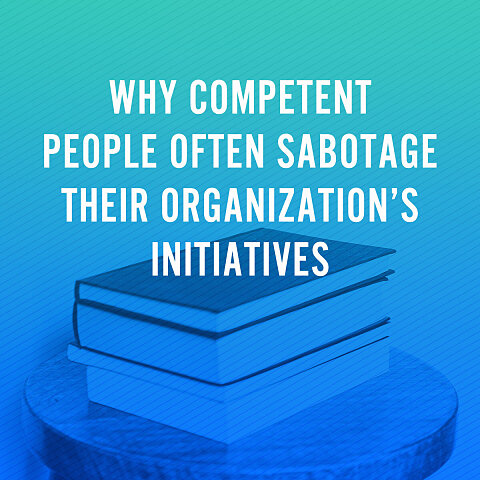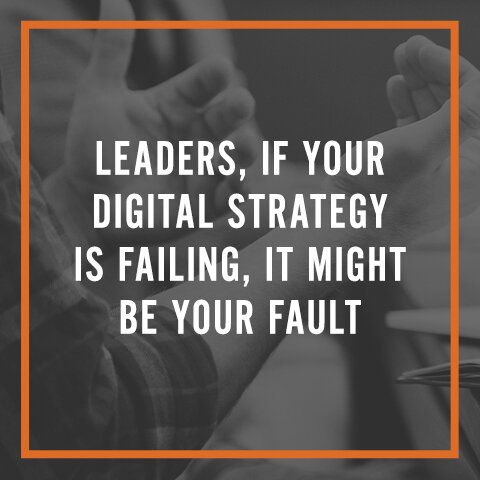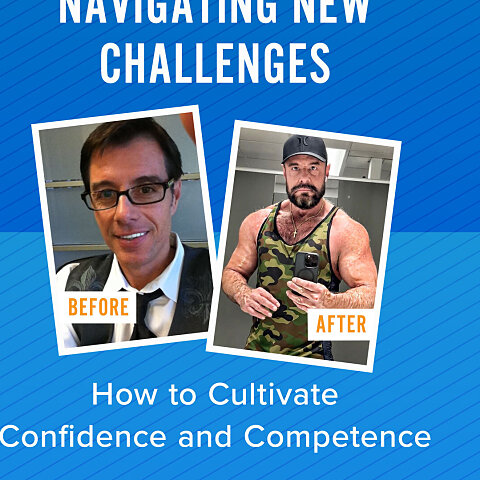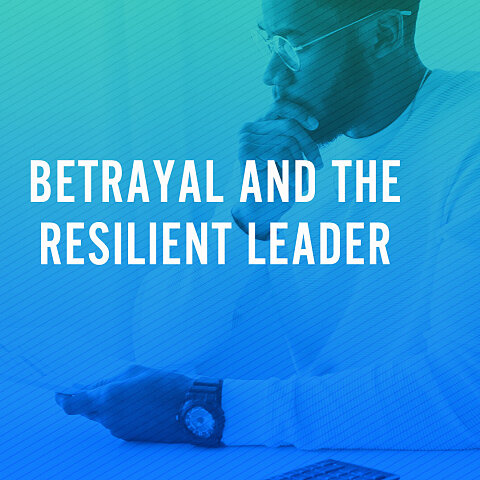Your Nonprofit Needs to Brag More
By The A Group
There’s an art and a balance to bragging.
Brag too much and you repel people. Don’t brag enough and people think you aren’t accomplishing anything. Find the sweet spot and your nonprofit stays top of mind.
Why You Need to Brag
How many nonprofits do you follow and stay consistently interested in that never provide any updates on how their outreach is changing lives? I’m going to take a wild guess and say none. After awhile, those nonprofits drift to the back of your mind and soon you forget they even exist.
Sharing your stories of impact immediately boosts the health of your organization:
- It puts donors’ minds at ease: “My money is being used wisely.”
- It inspires people and reminds them that hope exists, even in the most desolate situations.
- It builds loyalty. People don’t get tired of hearing about changed lives. Your consistency in sharing stories ties readers/followers/donors to you, because they want more, more, more.
- It attracts new donors. Now that you’ve inspired people and built loyalty, you can start making small, non-urgent asks and you’ll see that people are willing and ready to give—all because you’ve cultivated them well with powerful storytelling.
How You Should Brag
However, the way you share those stories impacts whether or not you see inspiration and loyalty and new donors. Here’s where the “art” part of bragging comes into play.
1. Success Stories
Success stories of any kind are always powerful, but be careful of the language you use when sharing that story.
Let’s say you have a story of child being rescued from poverty and finding a loving home. If you say “Our team did ____” and “We went and helped _____” then the focus is ALL about your organization and what your team did. It takes attention away from the issue and the resulting solution.
Flip that thought on its head and instead try focusing on the individual that was helped. Tell his/her backstory, share what the child was rescued from and then THANK the reader because, after all, it’s only through your donors’ dollars that your nonprofit is able to do anything at all.
So let’s get the priorities straight:
- Focus on the person who was impacted—tell their story, include vivid details, and always end with hope.
- Focus on the donor or reader’s part in making the story possible. Use language like: “Because of you…” and “Thanks to you…”
- Never turn the spotlight on yourself. Your nonprofit should only be in the story as the vehicle for change with the reminder that readers’ prayers, dollars, and resources are the fuel driving the vehicle.
2. Gather Statistics
A story can inspire, but stories only go so far for the skeptic wondering: Is that story just one stand alone instance or is it representative of the nonprofit’s consistent efficiency and effectiveness? That’s where numbers come in. Numbers are proof, evidence. Numbers can be even more powerful than stories.
So set some data points and gather intel. How many hungry children were fed? How many orphans found forever families? How many youth accepted Christ during camp? How many years has this continued? What’s the total number of people you’ve helped?
It’s all about data, data, data. Even a pessimist can’t deny the truth behind a powerful statistic. And to the outside world, strong numbers give your nonprofit undeniable credibility.
For more on the power of data, see how you can discover your story through data and learn how to tell it better because of data.
Now go get your brag on.














